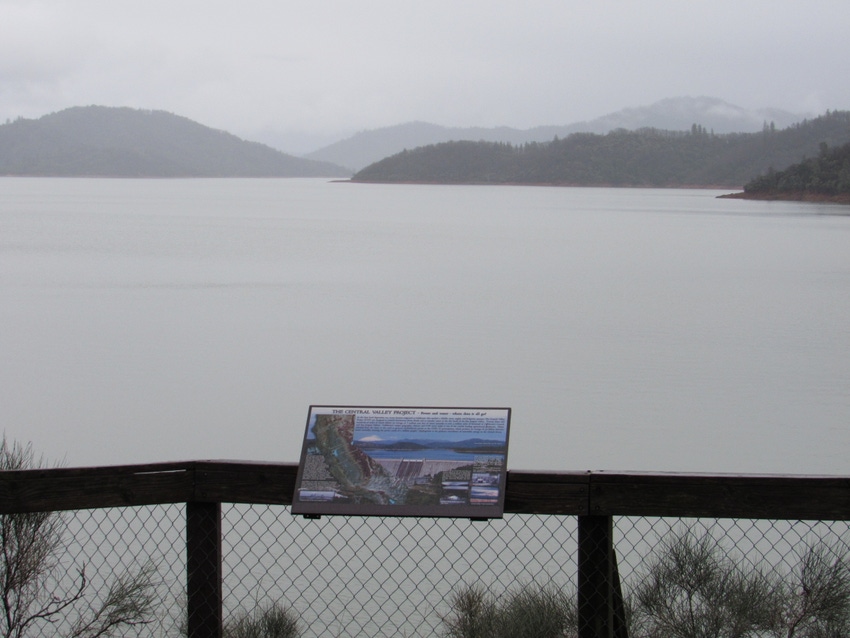
The irony in California is deeper than this year’s Sierra snowpack.
After seven years of drought to one degree or another, officials have declared California “drought-free.” Which is good news indeed.
With that in mind, now is not the time to start flood irrigating those lawns or letting the sprinkler systems at city hall and the local high school run water down the ditch, because water cops will still write tickets for washing your car on the wrong day.
But, would someone please send that “drought-free” memo to the Bureau of Reclamation, which recently announced its water allocation to Central Valley Project (CVP) users for the upcoming season.
Nearly 53 feet of snow has fallen at the summit of Mammoth Mountain this season. That water will either come off and flow down the Owens River to Los Angeles, or down rivers like the San Joaquin, Kings, Kern, and Merced, where some of it will be used to irrigate crops, while all of it will be fought over in board rooms around the state.
Why then, with over five feet of accumulated rainfall this season at Shasta Dam, did the bureau choose to allocate just half of CVP contract requests to farmers south of the Delta? San Luis Reservoir is full, so it can’t be for a lack of water.
Shasta Lake is one good storm away from filling, so it must not be that either.
The unexplained disconnect between “the drought is over” and �“we don’t have enough water for you” is mind boggling. Northern California CVP users will receive their full allotment. Friant division users likewise have a 100-percent allocation of Class 1 water and are being encouraged to take additional releases for flood control efforts.
Not so for Westside farmers and those who rely upon the CVP for municipal and industrial uses. Those users were slapped in the face with 55 and 80 percent, respectively.
What will it take for farmers to receive a full allocation of surface water in an age when the state is telling them to pump less groundwater? When Westside farmers are promised less water than they received at the height of the 1970s drought when Shasta Lake nearly dried up, something is woefully wrong.
The LA Times recently bemoaned the fact that its paved river beds were full of runoff heading to the ocean instead of into storage facilities to be saved for use during the next drought. A proper sentiment for sure, but one that’s several decades late as California is woefully behind in construction of the water infrastructure necessary to supply a population that has more than doubled since any appreciable storage was created.
Perhaps its time to close California. Like the hotel or motel with a “no vacancy” sign lit because all the rooms are occupied, California apparently has too many people competing for its water.
About the Author(s)
You May Also Like






